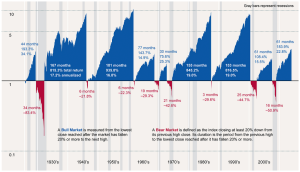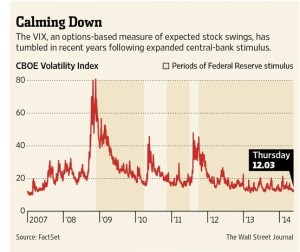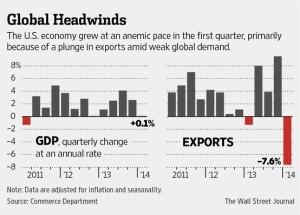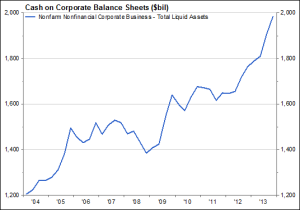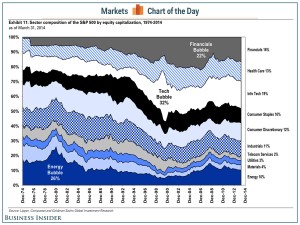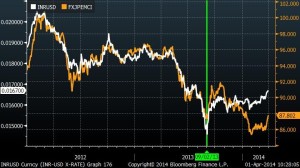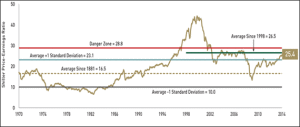Domestic equity markets posted moderate gains in June, advancing on the strength of many areas of the economy. Even though the final estimate of first quarter gross domestic product (GDP) came in at -2.9% – the largest contraction since 2008 – most segments of the economy have trended higher in the second quarter. The first quarter GDP data was adversely impacted by the severe winter weather. Employment gains in June were a very robust 288,000, far exceeding consensus expectations. Payrolls now exceed the peak reached prior to the onset of the financial crisis in 2008. The unemployment rate also dipped to 6.1%. In addition, vehicle sales reached the highest annualized level in June since 2006, and the housing market continued to recover after stalling somewhat the prior two quarters as a result of higher mortgage rates. Several geopolitical skirmishes continue to cause some concern among investors.
Within this landscape, stocks posted generally positive results. The S&P 500 rose +2.1% for the month, and has now gained +7.1% on a year-to-date basis. The Dow Jones Industrials gained +0.8%. The tech-heavy Nasdaq Composite Index posted a solid return of +4.0% as technology stocks continued to recover from losses early in the year. In a reversal of the previous few months, the Russell 2000 Index of small cap stocks outperformed the Russell 1000 Index of large cap stocks, with returns of +5.3% and +2.3%, respectively. Value stocks fared slightly better than growth stocks during the month. In terms of sector performance, energy was the strongest performer on a relative basis, gaining +5.1%, while telecommunications services were the poorest performers, posting a decline of -1.1%.
International equity markets were also mostly higher in June, although performance was not quite as strong as in domestic U.S. markets. The MSCI World ex-U.S. Index gained +1.7% for the month. Emerging markets continued to stage a sharp recovery from the losses in January, and outperformed developed markets for the month. Investors have digested the impact of the Federal Reserve’s (“Fed”) reduction in asset purchases, and the European Central Bank’s recent move to lower the deposit rate to -0.1% (meaning banks have to pay to keep funds on deposit rather than make loans) has provided stimulus. The MSCI Emerging Markets Index gained +2.7% for the month. The MSCI EAFE Index, which measures developed markets performance, gained+1.0% for the month. Regionally, Japan and Latin America were the best performers on a relative basis, with the MSCI Japan Index and the MSCI EM Latin America Index gaining +5.2% and +4.2%, respectively. Europe and the Pacific region ex-Japan were among the poorest performers, with results of -0.07% and +0.1%, respectively.
Fixed-income markets delivered mixed performance in June, after having posted solid returns for the first five months of the year. As has been its custom in every one of its meetings so far this year, the Fed continued its pace of tapering of its asset purchase program during the month, reducing purchases by an additional $10 billion. The Fed’s meeting minutes indicate that the governors believe the purchases will now end by October. With this as a backdrop, the benchmark 10-year U.S. Treasury yield ended the month at 2.52%, up six basis points from the 2.46% level of May 31st. Broad-based fixed-income indices were little changed in June, with the Barclays U.S. Aggregate Bond Index advancing a mere +0.05% for the month. Global fixed-income markets performed somewhat better, with the Barclays Global Aggregate ex-U.S. Index returning +1.2% for the month. Intermediate-term corporate bonds were modestly higher, as the Barclays U.S. Corporate 5-10 Year Index advanced +0.1%. The Barclays U.S. Corporate High Yield Index posted a gain of +0.8% for the month. Municipals were moderately higher, gaining +0.1%.

